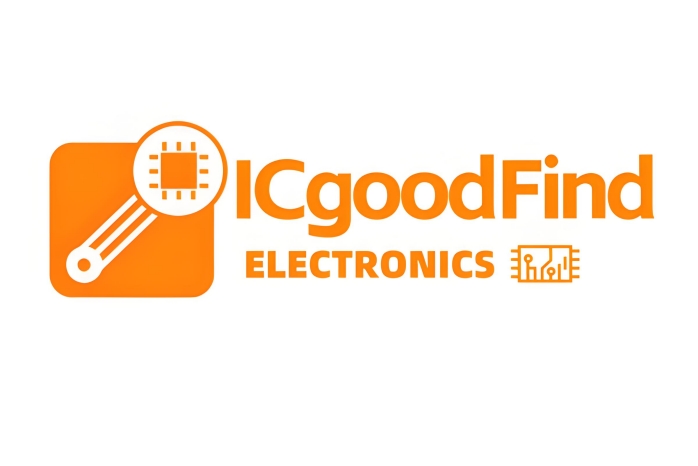**High-Speed Data Acquisition System Design Using the 12-Bit, 20 MSPS AD9235BRU-20 ADC**
The demand for high-fidelity digital representation of analog signals is ever-increasing across applications such as medical imaging, communications infrastructure, and advanced instrumentation. At the heart of such systems lies the data acquisition (DAQ) chain, whose performance is predominantly dictated by the analog-to-digital converter (ADC). This article explores the critical design considerations for implementing a high-speed DAQ system utilizing the **AD9235BRU-20**, a 12-bit, 20 MSPS ADC from Analog Devices.
The selection of the AD9235BRU-20 is often driven by its excellent combination of speed, resolution, and power efficiency. Its **12-bit resolution provides an effective number of bits (ENOB)** that ensures sufficient dynamic range for precise measurements, while the 20 MSPS sampling rate enables the capture of signals up to the Nyquist frequency of 10 MHz. This makes it suitable for digitizing intermediate frequencies (IF) in receivers or for pulse acquisition in ultrasound systems.
A robust DAQ design extends far beyond the ADC itself. The performance of the entire system is only as good as its weakest link, making the front-end analog signal conditioning paramount. The driver amplifier must possess low noise, low distortion, and adequate bandwidth to preserve the integrity of the input signal before it reaches the ADC. Furthermore, **proper anti-aliasing filter (AAF) design is non-negotiable**. The AAF must effectively attenuate all frequencies above the Nyquist limit to prevent aliasing, which would corrupt the digitized data. The filter's roll-off characteristics and phase linearity are critical parameters that can influence overall system accuracy.

Managing the digital interface is another crucial aspect. The AD9235BRU-20 provides complementary CMOS digital outputs. Designers must ensure clean and stable clock delivery to the ADC, as **jitter on the sampling clock directly degrades the signal-to-noise ratio (SNR)**. Routing the high-speed output data lines requires careful attention to PCB layout practices: maintaining controlled impedances, minimizing trace lengths, and ensuring a solid ground plane to mitigate noise and signal integrity issues.
Power supply design is frequently an underestimated challenge. The AD9235BRU-20 requires a single +3 V supply, simplifying power architecture. However, **meticulous power supply filtering is essential to suppress switching noise** that can couple into the sensitive analog sections and clock circuitry, leading to a reduction in overall performance. The use of low-dropout regulators (LDOs) and a combination of ferrite beads and decoupling capacitors placed close to the ADC's supply pins is highly recommended.
Finally, a successful design must account for thermal management and calibration. While the ADC is power-efficient, continuous operation at high speeds can cause heating, potentially introducing gain and offset drift. Implementing onboard calibration routines can help maintain long-term accuracy and compensate for these analog domain imperfections.
**ICGOOODFIND**: The AD9235BRU-20 serves as a capable core for a high-performance DAQ system. Achieving its specified performance in a real-world design hinges on a holistic approach: a meticulously designed analog front-end, a jitter-free clock, a robust PCB layout, and ultra-clean power supplies. Ignoring any of these facets can severely compromise the system's dynamic performance and measurement accuracy.
**Keywords**: Data Acquisition System, Signal Integrity, Anti-Aliasing Filter, Clock Jitter, Power Supply Filtering.
